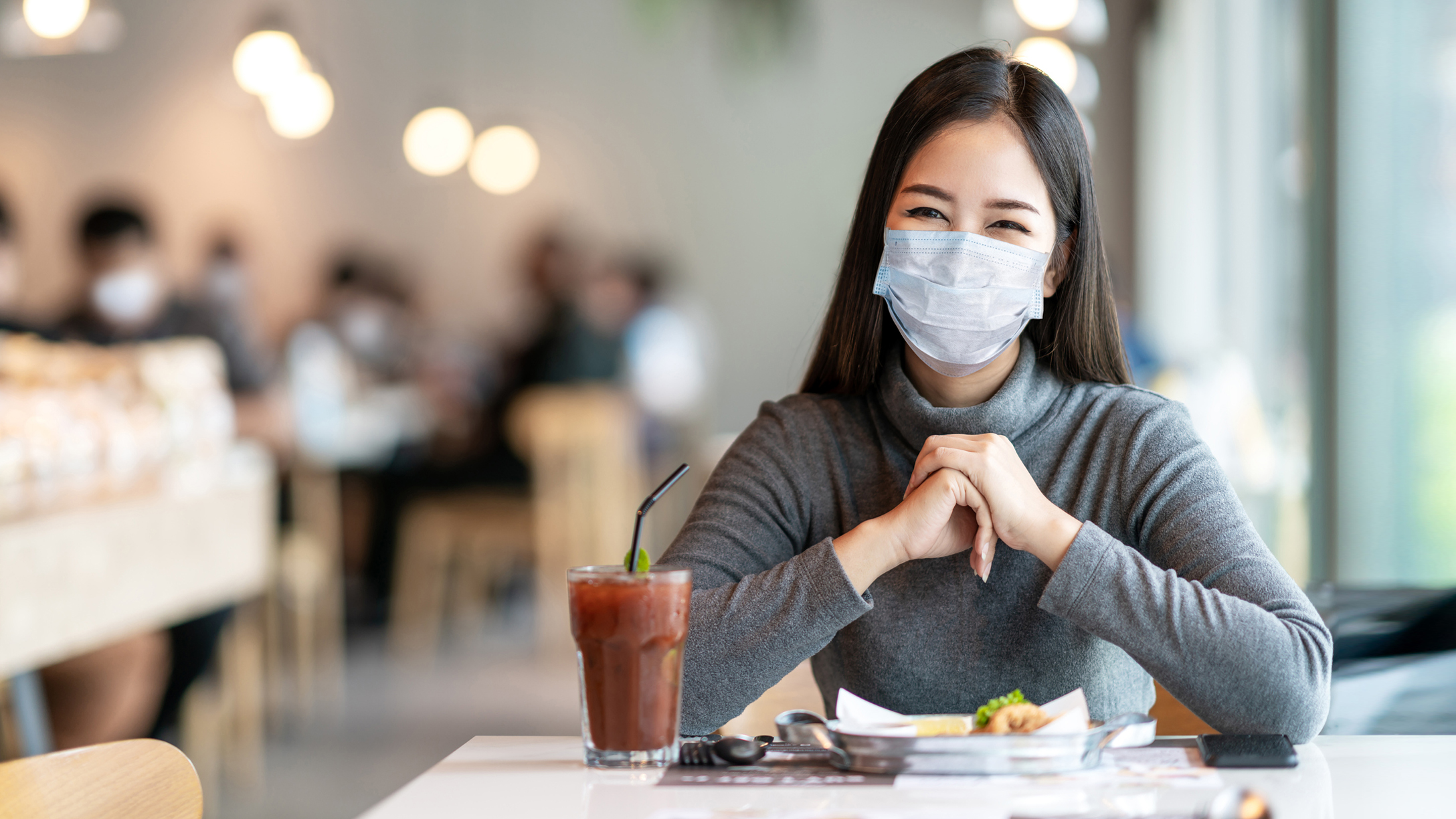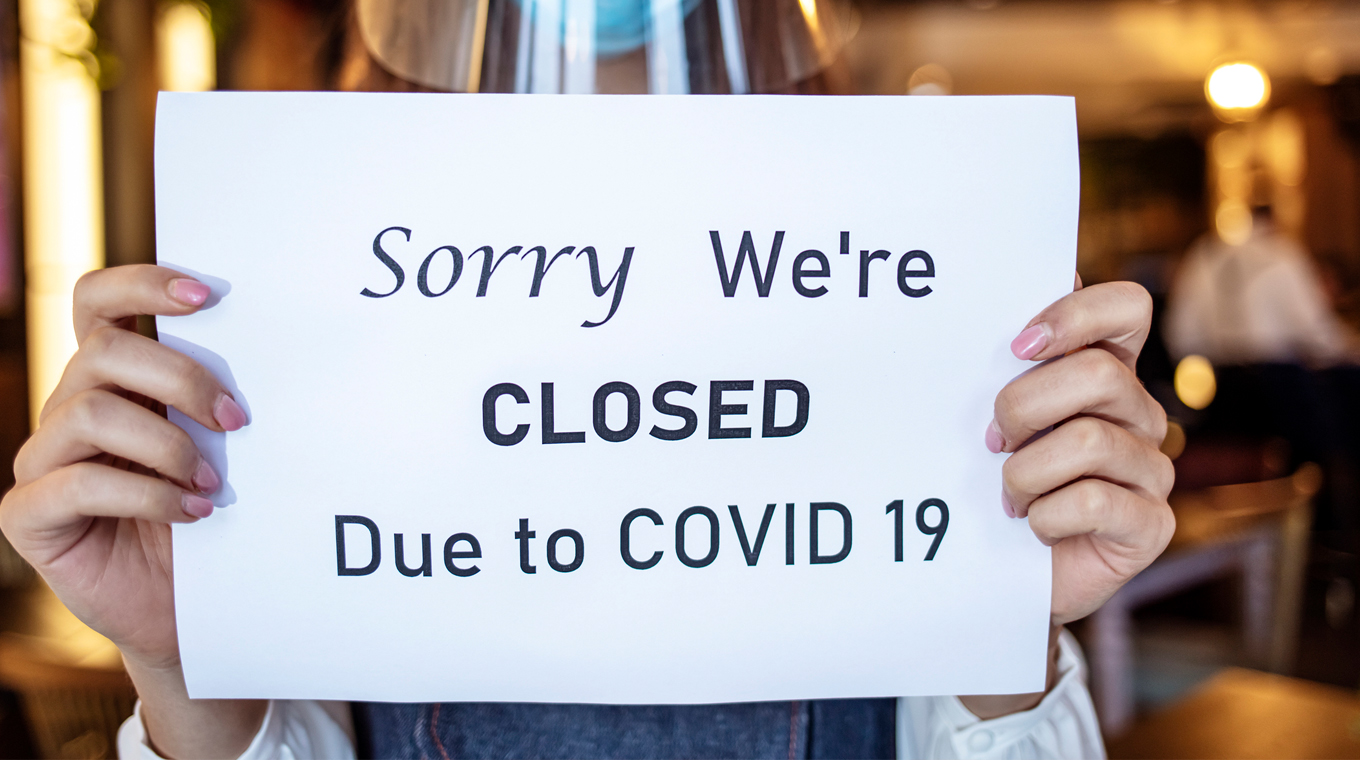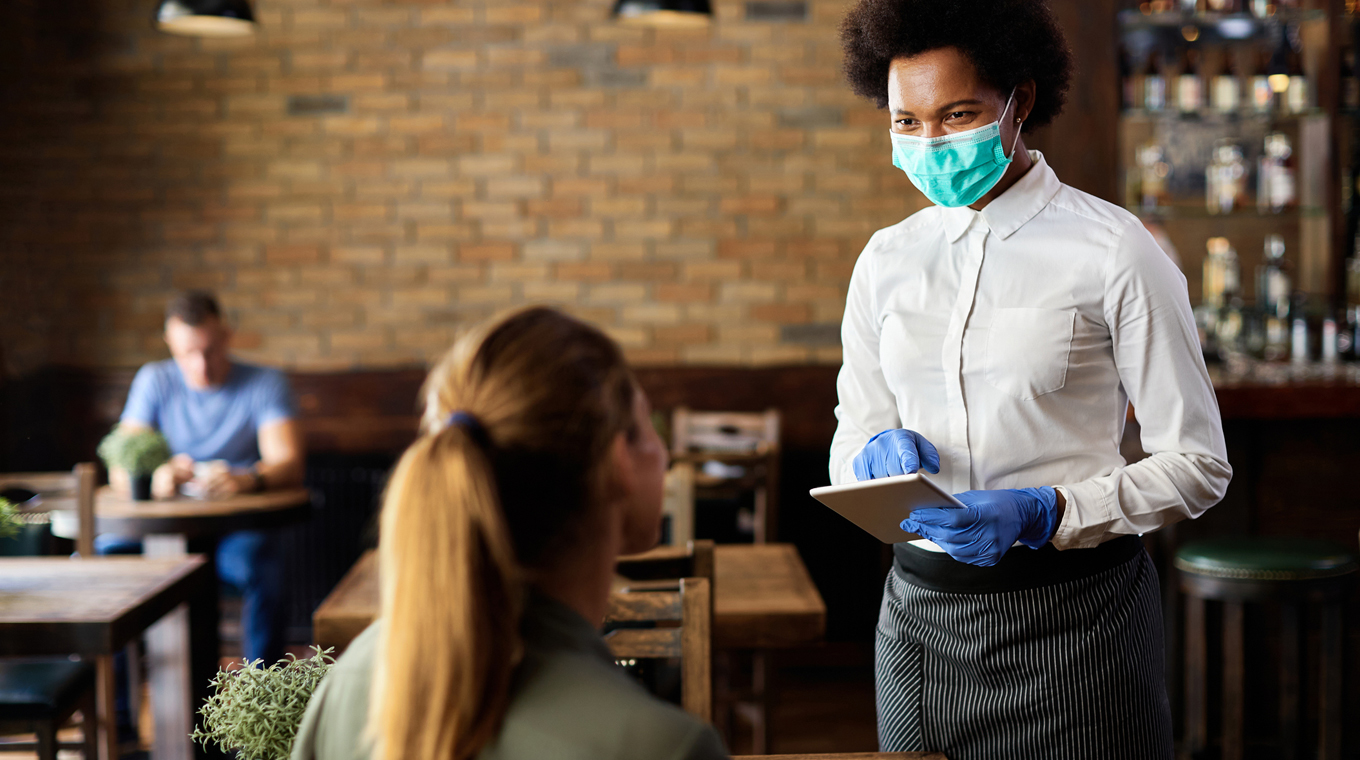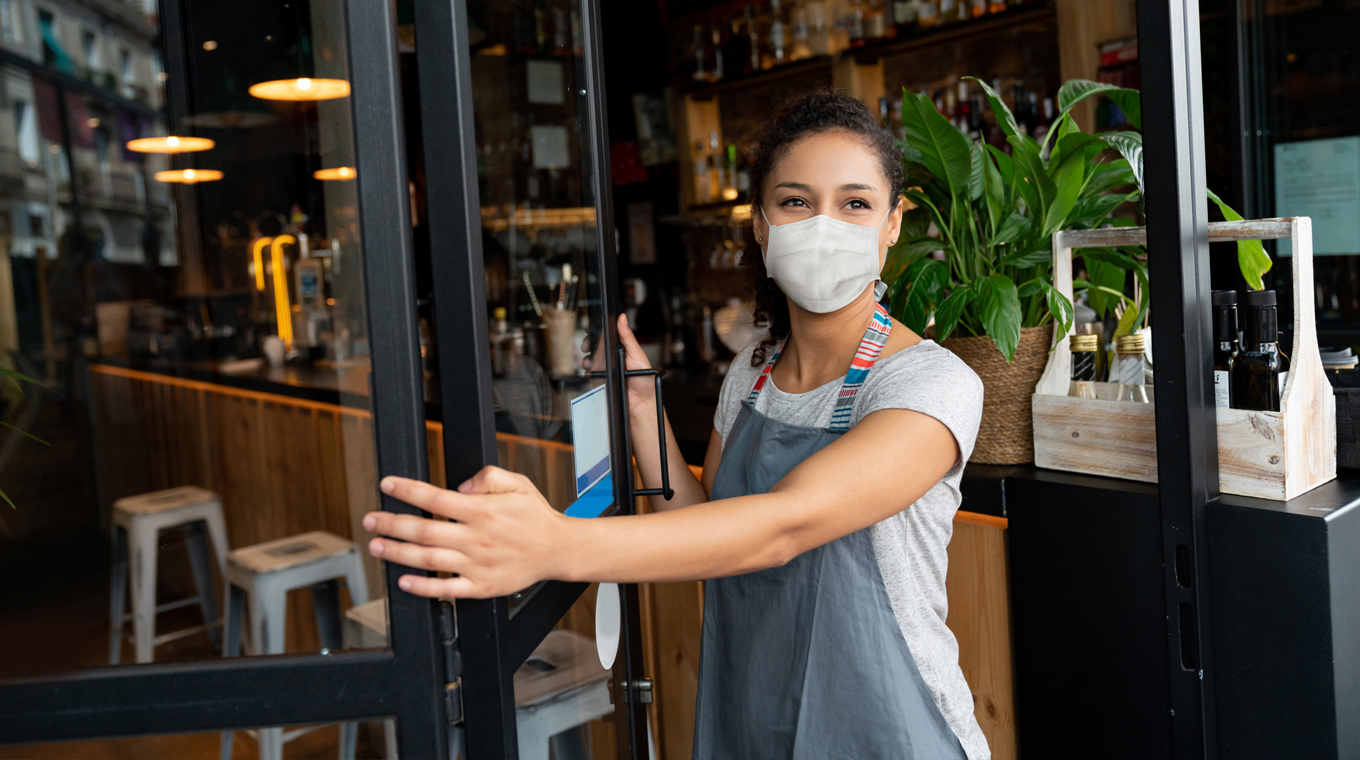
In this article
The global COVID-19 pandemic hit everyone hard, but few economic sectors have suffered as much as the restaurant industry. And while the three approved coronavirus vaccines appear to have curtailed the most recent pandemic surge, public health experts warn continued caution — especially when it comes to indoor dining and the risks of eating out.
“You have decreases in cases and deaths when you wear masks, and you have increases in cases and deaths when you have in-person restaurant dining,” Center For Disease Control and Prevention (CDC) Director Dr. Rochelle Walensky said during a White House briefing in March.
Where we were one year ago: Restaurant survival in question

Los Angeles area mom Marsha Takeda-Morrison remembers going out for cocktails with a friend in early March last year. “While sipping martinis we were talking about this new virus circulating and how we needed to get some hand sanitizer,” she told Mom.com. “We’d heard toilet paper was selling out, so just for fun after our drinks we walked over to Costco, and were shocked to see a huge empty space where their toilet paper and paper towels used to be. I even took a photo. That was the last time I was inside a restaurant.”
March 11, 2020 was the day the threat of COVID-19 got real for most of us — and not just because that was when the World Health Organization declared it a pandemic. At that time, the virus had infected about 1,000 people in 30 states, with at least 31 deaths. That morning, Dr. Anthony Fauci testified before Congress that he expected the outbreak in the United States to get worse. By evening, Tom Hanks and Rita Wilson announced that they had contracted the virus, the NBA suspended its season, and President Trump announced a ban of travelers from Europe, “to keep new cases from entering our shores.”
Then came the lockdowns, the horrific rate of infections and deaths in New York, and the economic roller coaster we’ve been riding ever since. Online shopping services thrived as people looked for ways to limit their exposure to the virus. Restaurants and bars pivoted their businesses to take-away food and drinks only. Workers were let go.
As the weather warmed up last year and we learned more about how the virus spreads, many restaurants were able to resume with masked wait staff, enhanced hygiene, and outdoor seating. But some businesses could not hold on long enough to make this change. Their doors were closed for good.
Where we are now: Help for the restaurant industry

The National Restaurant Association estimates that the industry lost 20% of its workforce in 2020. This is double the job loss in the general economy.
But now that the rate of infection and death is on the downswing, even some of the most restrictive parts of the country are loosening their COVID guidelines and allowing restaurants to serve customers again — even indoors, where the virus can thrive.
The industry also received a helping hand from Congress in March with the passage of the American Rescue Plan Act, which sent a majority of Americans some much-needed stimulus cash. The new law also created a $28.6 billion grant program to help struggling restaurant owners get back on their feet.
However, the future of our recovery is still uncertain. Thanks to our inability to contain COVID as it spread wild throughout the world, the virus developed some dangerous mutations that have made it both more transmissible and more deadly.
“I have started eating indoors reluctantly, when outdoor dining is not available,” Tanya Scarlett told Mom.com. The Roseville, California mother of two lives in an area that allows restaurants to serve diners indoors up to 25% of their capacity, but she’s still feeling cautious.
“When I get the vaccine I will probably feel a little more confident. Both my sons are in the restaurant industry and still no work. Not enough business for them to be hired back on, so they wait,” she said.
Going forward: Restaurant guidelines

While vaccination rates have gone up and COVID infections have gone down, the CDC has not updated its guidelines for restaurants and bars since December, 2020, and they likely will not do so until the nation achieves herd immunity.
They urge restaurant owners to upgrade ventilation systems, space tables apart, sanitize surfaces, and require excellent hygiene and PPE for workers, including masks and gloves.
The CDC still “recommends that you do not gather with people who do not live with you at this time. Attending events and gatherings increases your risk of getting and spreading COVID-19. Stay home to protect yourself and others from COVID-19.”
The CDC recommendations for people who have been fully vaccinated are not much better.
“Risk of SARS-CoV-2 infection during public social activities such as dining indoors at a restaurant or going to the gym is lower for fully vaccinated people. However, precautions should still be taken as transmission risk in these settings is higher and likely increases with the number of unvaccinated people present,” the site states. “Thus, fully vaccinated people engaging in social activities in public settings should continue to follow all guidance for these settings including wearing a well-fitted mask, maintaining physical distance (at least 6 feet), avoiding crowds, avoiding poorly ventilated spaces, covering coughs and sneezes, and washing hands frequently.”







